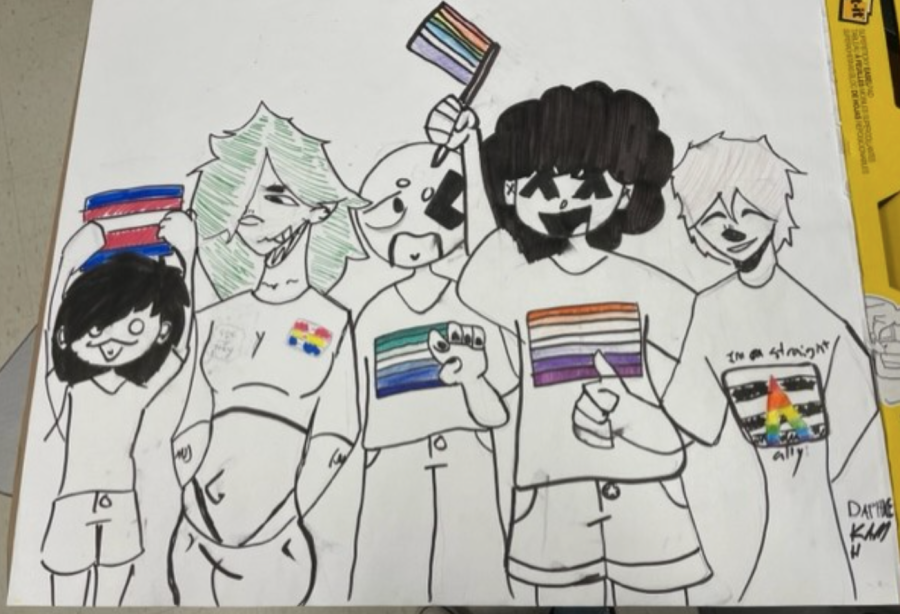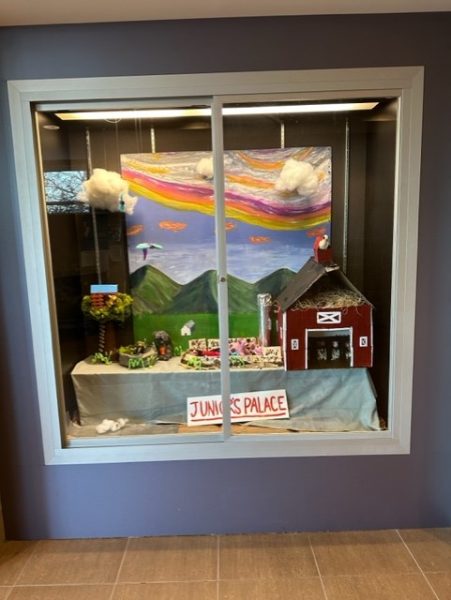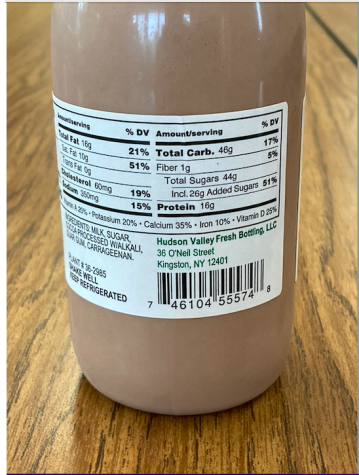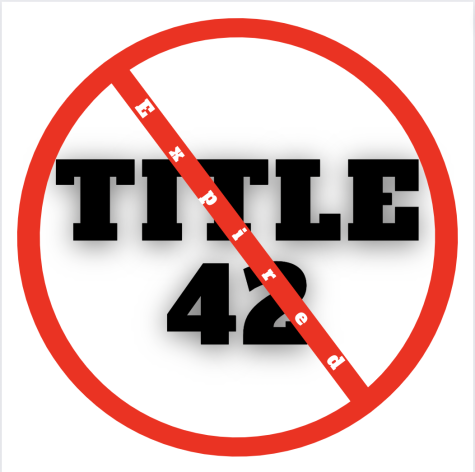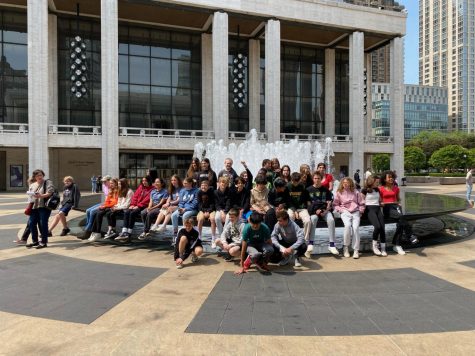Expand Your View: Learn More about Transgender People
Ever since COVID-19, there has been a rise in people identifying as a part of the LGBTQ+ community, especially transgender people. People have felt happier and more fulfilled with their gender now than ever. This is excellent news, considering the depression rate quarantine has brought upon us.
So what is transgender? They are a person that has a gender identity that does not correspond with their gender they were born. These people that are transgender may not just be trans. They could also be gay, bisexual, lesbian, or pansexual.
There are even people in Bulkeley Middle School and Rhinebeck High School that are transgender.
“When I came out to my father and my stepmother, they refused to respect me and attempted to de-transition me,” said an anonymous source from Rhinebeck High School.
Inequity isn’t just in foreign countries, or far away. It isn’t something we don’t have to worry about and ignore; it’s something current and going on every second and every day.
Most of all, transgender people aren’t new. They’ve been around for millennia.
Even as far back as Mesopotamia, there were transgender priests called “Gala”, and there were “Two-Spirit” transgender people in Native American cultures that were seen as more than human because they were viewed as blessed by the gods.
So how did we reach this form of misogyny and inequity today?
In the 1600s, in England, gender roles were very strict. However, people such as John (Eleanor) Rykener, a transgender man in old England, proved that trans people did exist at that time. Even in the mid-first century CE, Christians declared that they did not accept any form of LGBTQ+, including transgender people. The mistreatment of transgender people according to religion has changed over the many years, though. Genderfluid people were becoming more accepted during Queen Elizabeth I rein in the theatre, as Shakespeare was alive and at his peak during this time. During the 1900s, slurs became more common. These stayed for many years until the 2000s when being transgender was more accepted and the harassment has gotten better, but the discrimination and mistreatment are still very clearly biased towards transgender people.
You may not be a bully, or be bullied, but what do you do when you see someone being bullied? And I don’t mean 80s bully, stealing lunch money, I mean teasing, ignoring, ghosting, or excluding. Watching this and doing nothing is just as bad as being the oppressor.
However, this isn’t everyone, the vast majority of people are cis-gendered. So how might this affect cis-gendered people? Well, to be very straightforward it really doesn’t. But that doesn’t make it any less important. 1 in 15 Americans knows someone in the transgender community. This means that caring and helping will help many people. And not just transgender people, but their family, friends, coworkers, and everyone who knows them! And there is a good chance that you know someone who is transgender, and if not, someone who knows a transgender person.
Whether you are transgender or not, know someone that is transgender or not, what kind of world do you want to live in? One that has people that are accepted and comfortable in their own skin, or scared to say their own names.

